Realizing the Possibilities of Rayon Fabric Sublimation Printing
In today’s article we will cover the composition of rayon, can you sublimate on rayon fabrics and finished textiles, and how to do it effectively? the impacts of hand feel, and some creative project ideas that showcase the wonderful color combinations that rayon’s embedded fiber structure can produce.
Rayon’s silky, airy drape and vibrant color-dying capabilities have made it an incredibly popular fabric for apparel and household items. This cellulose-based semi-synthetic works well for custom sublimation printing as well.
However, handling rayon differently is necessary to apply colorful graphics properly than with polyester, which bonds and disperses dyes more easily.
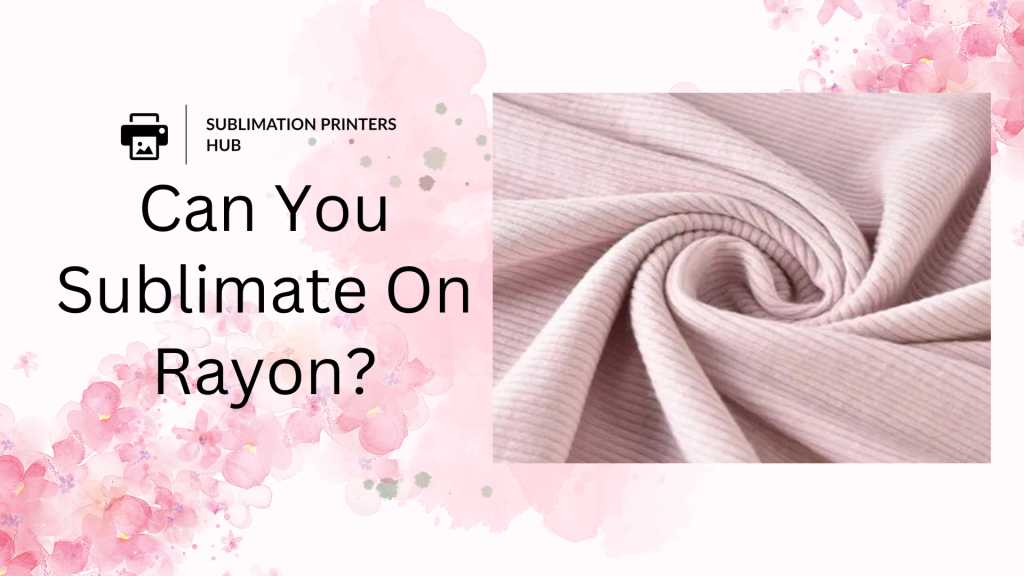
Rayon Fabric: What Is It?
In the middle of the 1800s, rayon was initially created as a synthetic silk fabric as a less costly substitute for the costly silk fabrics that were then in vogue.
Purified fibers are created throughout the production process by removing cellulose from wood pulp or cotton linters.
Instead of synthetics created from petrochemicals like polyester and nylon, this native plant base produces a semi-synthetic fabric that dyes, prints, and handles similarly to natural fabrics like cotton, linen, or silk. Additionally, the fabric combines nicely with both synthetic and natural fibers.
Although rayon can be more temperamental to deal with than blends of polymers, when the proper preparation techniques are used, rayon can accept vivid colors with softness and shine, making it an excellent material for printing applications.
Direct Sublimation on Rayon Process:
The simplest sublimation method prints dye-disperse pigments directly onto rayon fabric and presses to transfer. Results, however, differ depending on the broad variety of rayon content, fabric structures, and pre-treatment formulations utilized by businesses.
Having polyester fabric on hand for test prints when working with unknown suppliers helps identify problems unique to the rayon textile and offers a benchmark quality comparison.
By creating tiny test images, costly dye sublimation inks and transfer papers on possibly incompatible materials can be avoided.
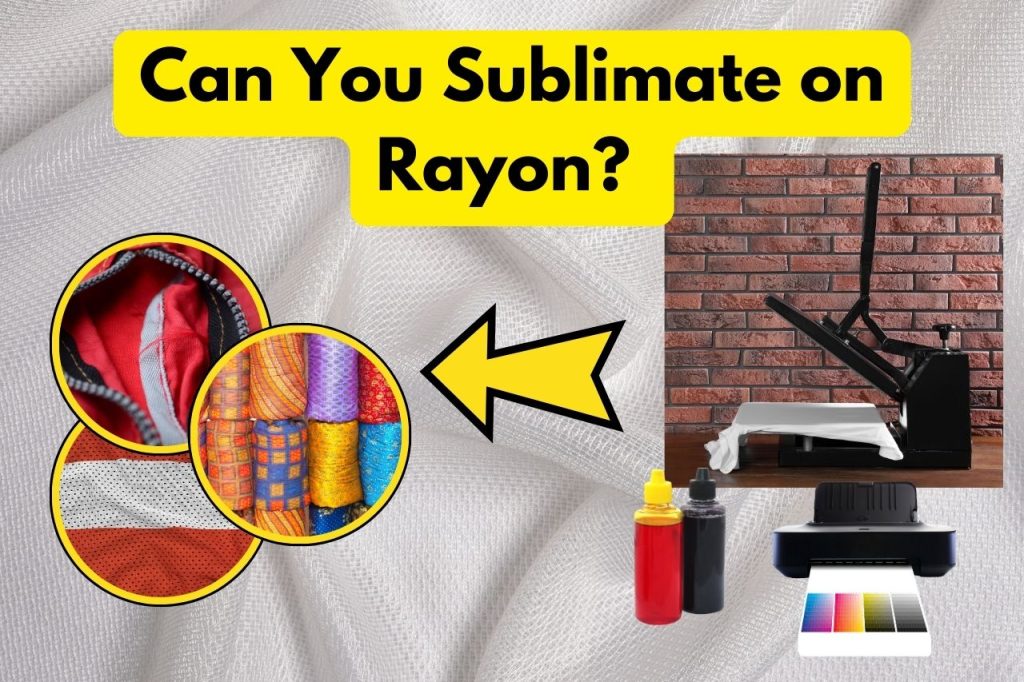
Here are a few short pointers for direct sublimation onto rayon:
1) Pure rayon is not as effective as poly mixes above 65%. When it is feasible, aim for 95%+ poly.
2) Apply strong distilled vinegar as a pre-treat to the fabric to open the fibers and allow inks to penetrate.
3) For optimal printability, get rayon of the highest caliber with tight, smooth threads.
4) Expect crisper, higher-quality imagery but a softer hand than poly outcomes.
5) Print mirrored pictures to aid with the transition.
6) Use a protective sheet and press firmly for 50 seconds at 400°F.
When opacity is not required, the direct printing method works well for sheer materials like linen blends and scarves.
However, a transfer carrier method produces better results on dimensionally stable substrates for brilliant printing on finished goods.
Process of Transfer Carrier Sublimation
This method, also known as “on-transfer” or indirect sublimation, prints colors onto transfer sheets that have been prepared beforehand. The inks are then firmly bonded to the paper’s surface by heat pressing them onto a different substrate coated with polymer.
The results are significantly better across a variety of commodities, such as mugs, furniture, wood items, and layered clothes where cotton layers would impede dye absorption if pressed directly, even though it requires an extra transfer step.
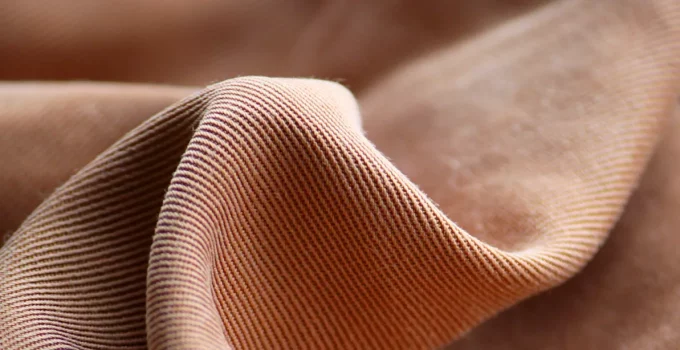
The transfer carrier methodology optimizes for rayon in the following ways:
1) Just like with other graphics projects, print on sublimation transfer paper.
2) Cut blank pieces of wood, polished metal, ceramic, or poly fabric to the required size.
3) Before placing paper print side down onto blank, preheat press for 30 seconds.
4) Use medium pressure to lock the heat press over the protected sheet.
5) The beautiful print has been transferred onto a blank sheet of paper.
6) Open the press after the timer has finished.
7) To create the desired shape for fabrics, cut printed poly sheeting or stitch it into other textiles.
The freedom to sublimate finished products, such as quilt pieces, throw pillow covers, custom upholstery patterns, sarongs, linings, scarf trim panels, or anything else that benefits from the trademark drape and softness of vividly patterned rayon, is introduced by this unorthodox yet dependable approach.
What kind of printer you need for sublimation?
Rayon and sublimation combined for inspiration in a project
Ravelry’s love of vibrant colors works well with bespoke sublimation printing, as shown in the vivid abstract designs on flowing dusters and the unique maps printed into furniture.
To get you inspired, consider these handicraft and fashion ideas:
Pillows with a bohemian vibe
Customize printed rayon accent pillows with hidden zipper closures by combining intricate borders and beautiful embellishments with spiritual symbols, meditation mantras, or astrological signs.
Declarative Kimonos
Lightweight rayon kimonos look great with specially designed all-over graphic designs. Display waves with a Japanese influence, festival blossoms, mandala prints, or vacation photos that have been photomontages to create truly distinctive pieces.
Sublimated Dye Linings
For an avant-garde touch, print full-length digitally produced designs throughout the inside of coats, jackets, and capes so the vivid colors and graphics stand out with every movement. Rayon is a perfect printed lining fabric because of its smoothness and lustre.
Memory Blankets with quilts
Create collages using important occasions, anniversaries, family trees, or your best travel memories, then sublimate the images onto a backing made of poly fabric. Next, piece together embroidered throw blankets using luscious rayon sheets and ornamental embroidery.
Bohemian Chic Apparel
Fabrics like Tencel lyocell mix, bamboo viscose, and rayon chiffon imitate silk to create flowing gowns, blouses, maxi skirts, and scarves. For subdued touches of customization, tuck in personalized patterns along necklines, inside lower layers, and along hemlines.
The possibilities are endless when it comes to combining dye sublimation’s ability to create full-color, edge-to-edge images onto an ever-widening range of clothing and accessories.
Many opportunities for new product development arise from figuring out how to combine print designs with various material architectures.
Watch sublimation printing tutorials
Final Words:
This brief overview of successfully dye sublimating gorgeous rayon fabrics offers some methods and strategies for bringing out the vibrant possibilities of this fabric made of natural fibers.
It occupies a seductive space between direct to fabric screen printing’s fine art quality and poly sublimation’s glossy permanency.
Consider rayon sublimation as a kind of art, highlighting the material’s characteristic drape and subtle surface textures with vibrant designs that appear to float inside the weaves.
To achieve the best image clarity, some trial and error is required to learn the appropriate techniques for pretreating and post-processing semi-synthetics like rayon.
The way that ink wicks depends on the composition of the fabric and the density of its weave, just as paper quality affects fundamental desktop printing requirements.
However, once a particular fabric quality is achieved, bulk yardage gives designers more freedom to create unique crafts or limited-edition clothing collections that highlight this improved natural elegance through digital means.
Before committing to huge production batches, have fun with it by starting small and exploring prints that go well with flowing rayon caftans, loungers, and wraps.
This provides enough experience to market high-margin completed goods more assuredly, either directly to customers or through specialty retail channels.
FAQ’s:
Yes, a 50/25/25 polyester/cotton/rayon fabric blend can be sublimated, however the effects may not be as colorful or long-lasting as sublimating on 100% polyester. When working with this fabric blend, keep the following points in mind:
* The 50% polyester component allows dye sublimation inks to adhere to the cloth and imprint designs on it. However, the presence of 50% non-polyester fibers indicates that less ink will be absorbed.
* During pressing, use a high heat and a long dwell time to force the ink into the polyester component as much as feasible. 400°F for 60 seconds with strong pressure is the recommended setting.
* First, test your image on 100% poly for optimal vibrancy, then compare it to the blend fabric. Expect half the brightness because half of the ink will have poly strands to adhere to.
* When compared to rigid 100% poly items, the combination of cotton and rayon fibers will give the cloth a gentler handfeel. T-shirts, for example, may drape better.
* Pretreat the fabric by washing it in distilled white vinegar, which breaks off surface fibers and improves ink absorption.
* Wash fastness will fade faster than pure polyester over time since color only attaches to those fibers and will slowly wash out of the other ingredients.
* Polyester-rich blends are still suitable for prints with a vintage faded effect or projects that don’t require a lot of use and washing. Think of clothing linings and accent panels.
While a high poly blend is suggested for dye sublimation, certain extremely creative effects make this 50/25/25 fabric split worth experimenting with as well. Simply go into test prints aware of the limits of pure poly goods. Adjust techniques until you achieve the desired result.
Sublimating on 95% rayon, 5% spandex cloth provides some problems, but nice results are undoubtedly possible with the appropriate method. Here are some ideas:
* The low 5% spandex content means that the disperse colors have little polymer fiber to attach to. However, it does aid with stretch and shape retention.
* First, pre-treat the cloth with a strong vinegar solution. This helps to open up the fibers and improves ink absorption.
Print your image on sublimation transfer paper in a mirrored reverse pattern as usual.
* Pressing with a protective covering over the paper and cloth is preferable to direct contact pressing.
* Set your sublimation heat press at around 400° F to push the inks deep into the fabric structure.
* Apply gentle pressure and hold for 60 seconds – the longer dwell time allows for more color migration.
* Expect slightly faded, distressing coloring rather than fully saturated prints because there isn’t enough polymer to permanently attach colors.
* Prints on the rayon spandex blend work great for workout leggings, sports bras, swimwear, and athletic shirts with distressed effects.
* Always test on polyester fabric first to compare the anticipated print brilliance to the softened, gently colored rayon spandex result.
You may make gorgeous multi-color prints with a faded out, vintage look appropriate for athletic apparel by fine-tuning procedures that balance heat, pressure, and timing. Because the dye is infused at the fiber level rather than only on the surface, the colors withstand stretching and sweating amazingly well. This buttery soft fabric will also provide exceptional comfort and movement!
Yes, you may sublimate print on a rayon and spandex fabric blend. They are, however, more difficult to deal with than pure polyester fabrics, which readily receive disperse dyes. Here are some pointers for getting the best results:
– Look for a spandex component greater than 15% to ensure adequate polymer content to bond the ink. 30% or more is desirable.
– The rayon has a good drape and a soft feel, making it ideal for athletics and swimsuits.
– To open up the fibers, always pre-wash the fabric with distilled white vinegar beforehand.
– To drive inks deep into the material, use a high heat press setting of roughly 400°F.
– Because there is little polymer, expect softer, more delicate muted tones rather than bright saturated hues.
– Print a test picture on poly fabric first to compare desired vibrancy to the rayon/spandex version.
– Allow for a longer dwell time, 60-90 seconds, to allow inks to disperse properly.
– Finish by rinsing the item in cold water to remove any surface dye residue and allowing it to air dry.
– Accept some handwash-only care needs because printed inks will not adhere as permanently over multiple hot washes.
Approach rayon spandex mixes with an artsy, distressed print style, preferring softer pastel colors over heavy dark graphics. The resulting lightweight printed overlays, scarves, bolero jackets, yoga gear, intimates, and bikinis are stunning. Play with the properties of this blend to create excellent dye sublimated pieces!


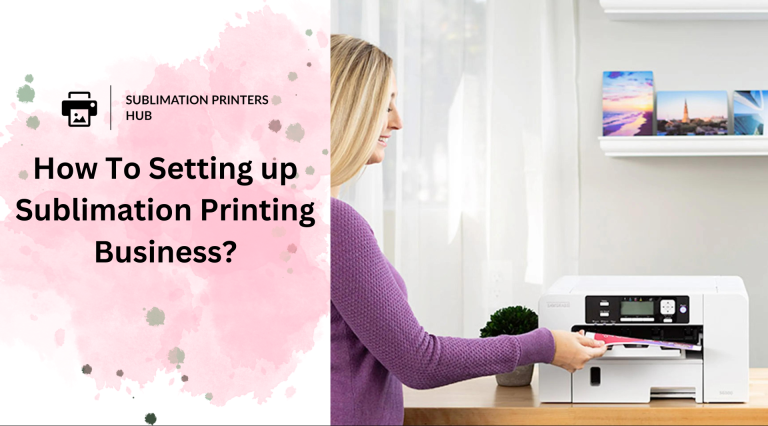
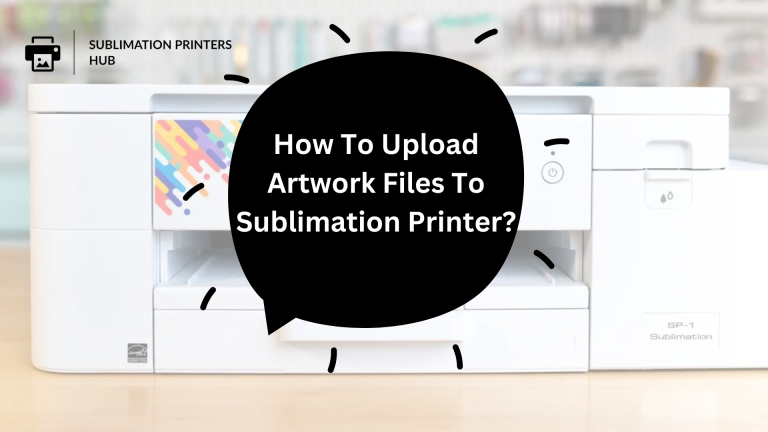
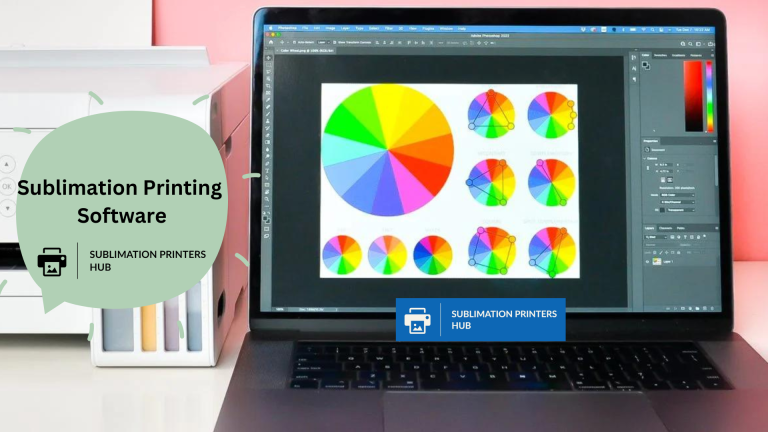
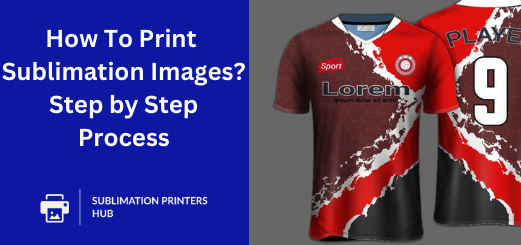
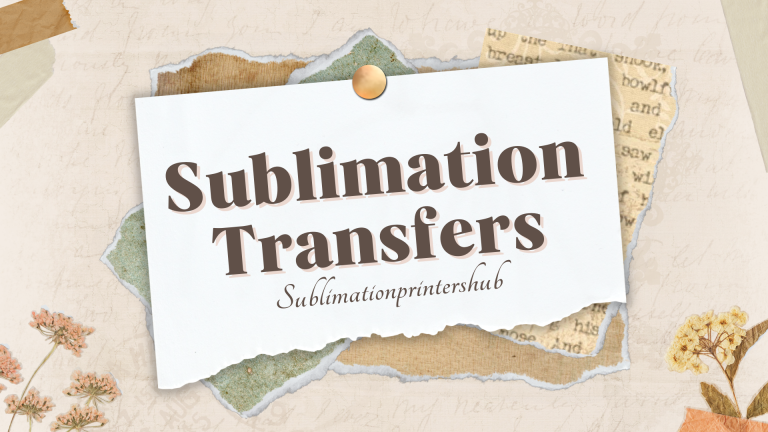
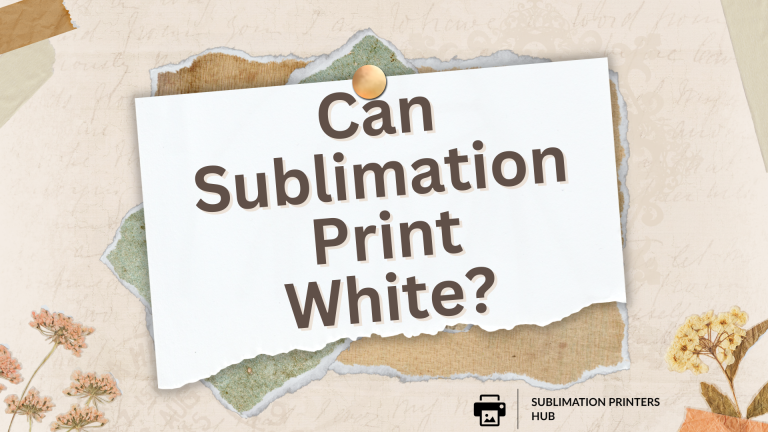
3 Comments